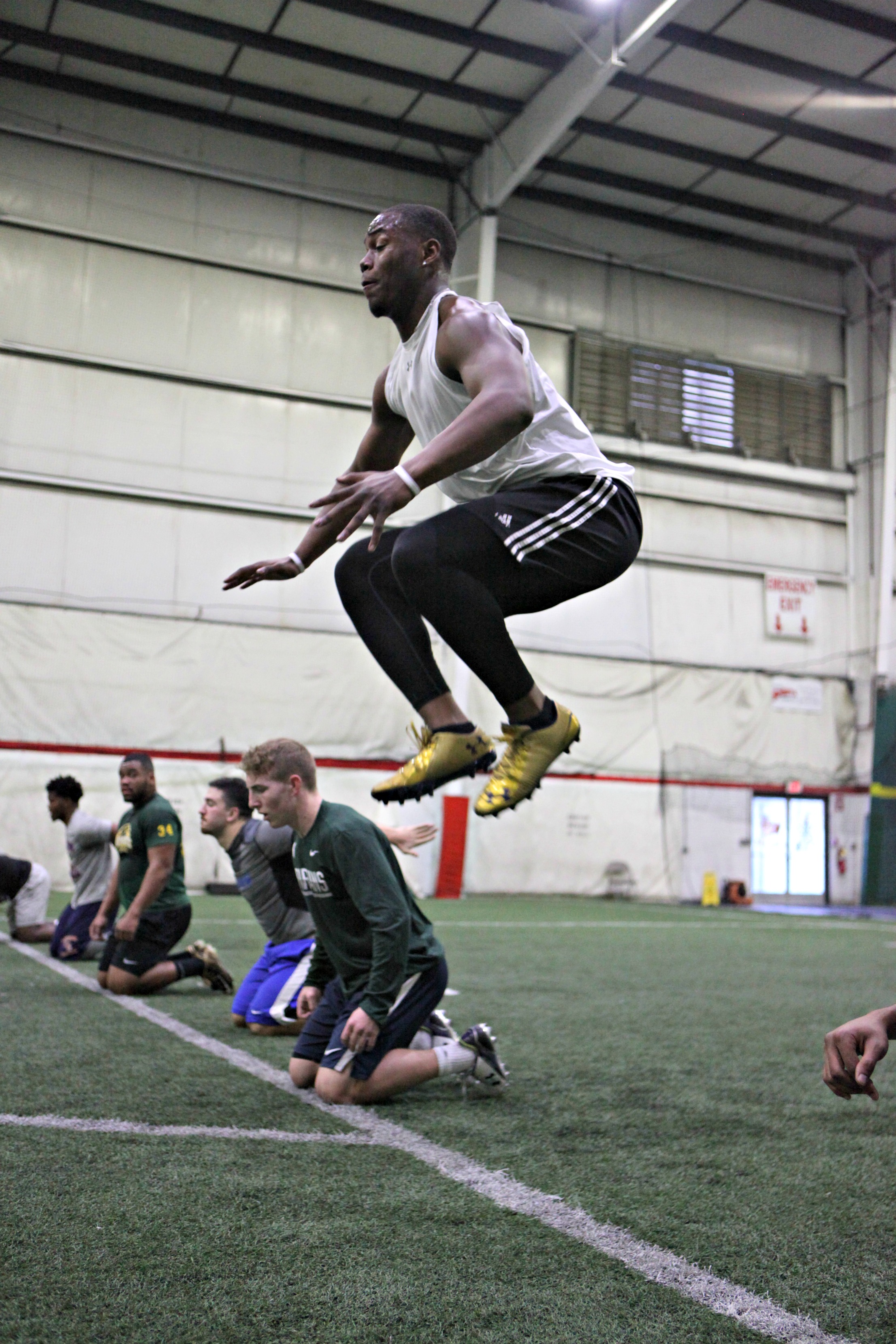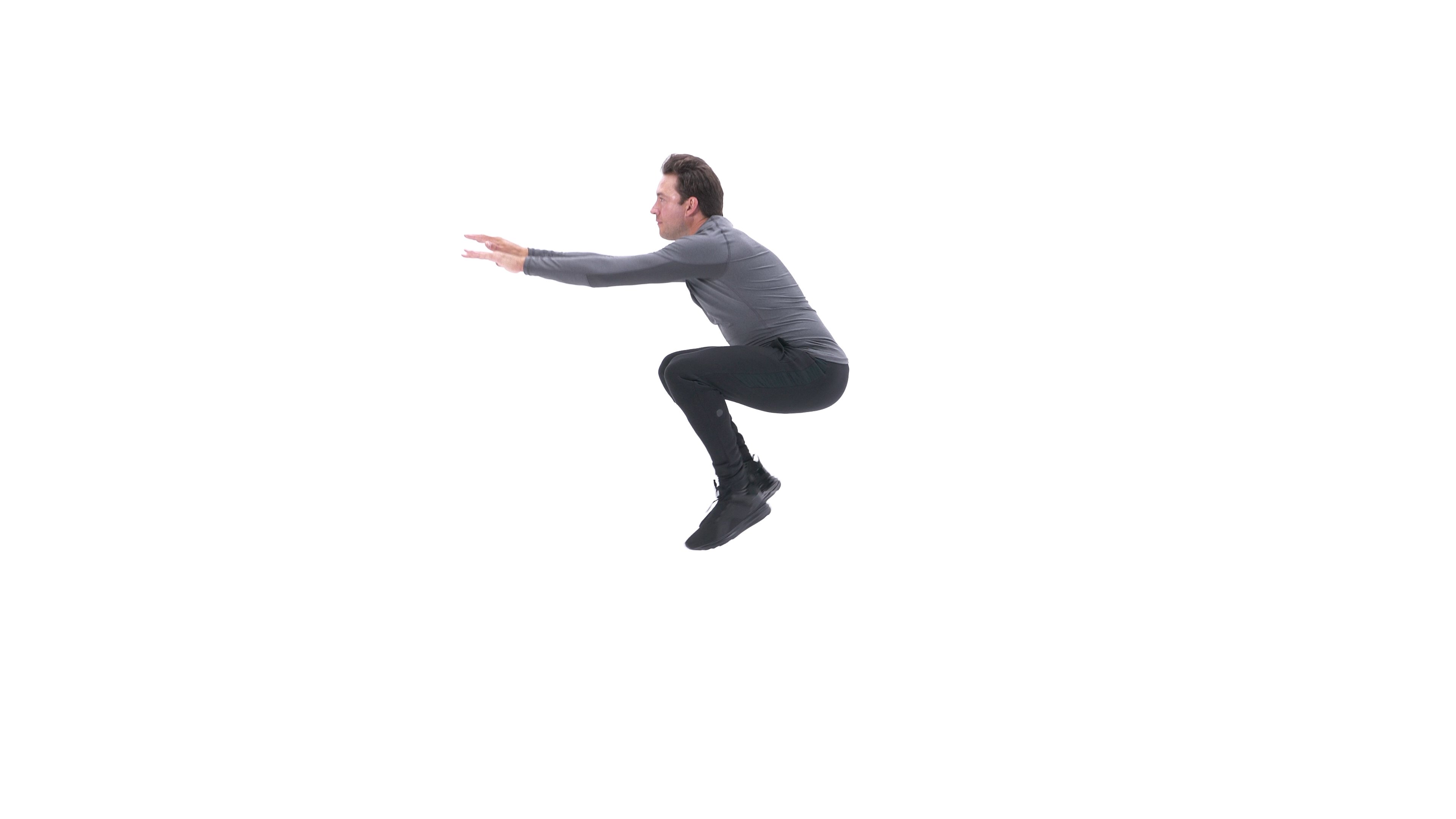

From there the only way has been up for the method, especially in recent years where plyometric soft boxes have become a gym floor standard. It was a US Olympic long-distance runner, Fred Wilt, who then coined the term plyometrics, with plio in Greek meaning ‘more’ and metric meaning ‘to measure’, after watching the Russians jumping while warming up, in contrast to the American team’s stretching. This would all be done in well under a second, the belief being the shorter the time period between eccentric and concentric muscle contractions, the greater the power capable of being generated by the muscle. Then as the athlete jumped upward again a concentric contraction, or shortening, would be brought about. Originally dubbed the ‘shock method’, Verkhoshansky would have his athletes drop down from a height and in turn experience a jolt upon landing which would create a forced eccentric contraction or a lengthening of the muscle in layman’s terms. Yuri Verkhoshansky a former Soviet sports scientist and coach. It’s thought to have originated in the late ’60s with the work of Dr. “A plyometric workout is where one’s muscles are exerting maximum force in quick amounts of time to train overall power in jumping and explosive movements,” explains personal trainer Shannon Gibbons.Īs a workout method, it has some historic street cred. Well, unlike typical resistance training where the emphasis is on slow, long movements to increase muscle and strength, plyometrics is all speed. “Plyometrics,” they say, turning around to face you like they’re in a soft drinks ad.īut what is this plyometrics business all about then, seen as the term on the face of it, tells us very little about what it might involve. “Woah, what are they doing?” you whisper in mystified adulation. Swap the position of your legs on the way down to land in a lunge position with the opposite leg forwards.Even if you’ve never actually taken part in a plyometrics workout, you might have seen someone doing it on the gym floor, leaping up onto a cushioned box like a powerful gazelle, before stepping back down with the waltzing grace of a ballerina.

Then drive back up and jump, bringing your knees up towards your chest. If you’re struggling to make the switch before landing, go back and master the jump lunge without a tuck.įrom standing, step forwards into a lunge, lowering your body until both knees are bent at 90°. The jump lunge with tuck is a great way to strengthen all the muscles in your legs along with your core – and to show off, because it is not easy. The straight jump lunge is another great plyometric exercise to consider, and combining it with the tuck jump makes it a truly testing experience.

The simplest way to make tuck jumps more challenging is to perform a squat before you explode off the ground.

Don’t do tuck jumps on rock-hard or uneven surfaces, and stop if you feel pain in your knees or ankles. It’s important to be warmed up before tuck jumping though, as a cold body won’t appreciate the explosive movements.Īiming to jump as high as possible means care is required upon landing to avoid placing your joints under too much stress. Tuck jumps are an excellent addition to an HIIT circuit, as they will certainly keep the heart pumping for whatever time period you have assigned to your intervals.


 0 kommentar(er)
0 kommentar(er)
